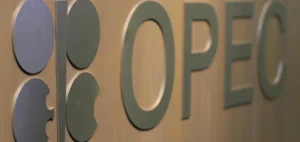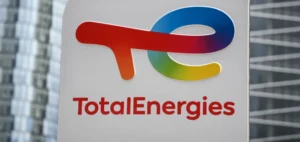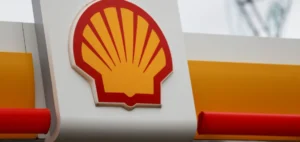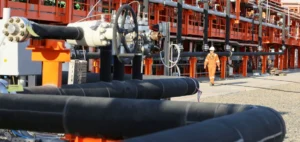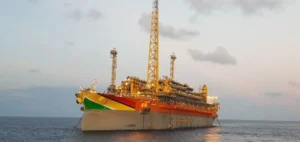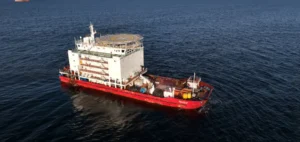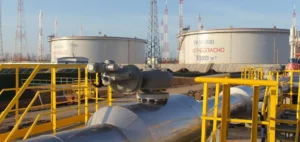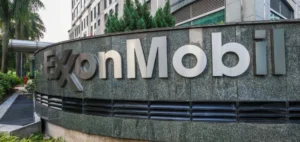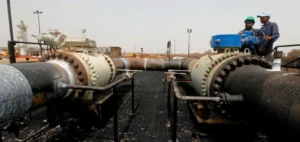The OPEC+ alliance saw its crude oil production decrease by 140,000 barrels per day (bpd) in July to reach 41.65 million bpd, according to the monthly Platts survey from S&P Global Commodity Insights published on August 11. This decline comes paradoxically as the group accelerates the gradual withdrawal of its 2.2 million bpd voluntary cuts initiated in November 2023. The Organization of the Petroleum Exporting Countries (OPEC) recorded a monthly reduction of 190,000 bpd, primarily attributable to a 300,000 bpd decrease from Saudi Arabia, which had increased production in June to guard against potential supply disruptions linked to the Iran-Israel conflict.
Mixed Compliance and Compensation Plans
Countries subject to quotas are currently producing 380,000 bpd below their collective target, a situation that masks significant disparities between members. Iraq maintains its production below its quota despite the authorized increase, seeking to accelerate its compensation plan for previous overproduction. Drone strikes on key fields in the semi-autonomous Kurdistan region affected Iraqi production in July, estimated at 3.99 million bpd including approximately 150,000 bpd from Kurdistan. Kazakhstan, another chronic overproducer, saw its production decline to 1.81 million bpd but remains 296,000 bpd above its quota of 1.514 million bpd.
Russia slightly increased its production by 70,000 bpd to reach 9.07 million bpd, still remaining 170,000 bpd below its quota set at 9.240 million bpd. The United Arab Emirates (UAE) increased production by 100,000 bpd to 3.19 million bpd, slightly exceeding their quota by 21,000 bpd. Only Saudi Arabia and the UAE have significant spare capacity to increase production, with the International Energy Agency (IEA) estimating Saudi spare capacity at 3.1 million bpd and UAE’s at 1.1 million bpd out of OPEC’s total capacity of 5.3 million bpd.
Record Libyan Production and Price Dynamics
Libya, exempt from quotas due to its political instability, reached a new 12-year high with production of 1.25 million bpd in July. This remarkable performance comes 14 years after the fall of Muammar Gaddafi, which had paralyzed the country’s vital oil sector. Iran and Venezuela, also exempt from quotas, maintained relatively stable production levels at 3.24 million bpd and 910,000 bpd respectively.
OPEC+ is navigating a volatile price environment marked by conflicts in the Middle East and Ukraine as well as global trade tensions. Prices have fluctuated between highs of over $83 per barrel in January and lows of $61 in May 2025. Platts assessed Dated Brent at $67.86 per barrel on August 8, a significant drop from the over $80 briefly reached in June during the escalation of tensions between Israel and Iran. The group seeks to capitalize on higher seasonal demand from the Northern Hemisphere to reintroduce barrels to the market without causing price shocks.
Controversial Acceleration of Production Return
On August 3, the eight countries applying voluntary cuts agreed to completely eliminate their production reductions by September, significantly accelerating the initial timeline. This decision follows an increase of 411,000 bpd in May, June, and July, three times the initially planned amount of 137,000 bpd per month. The UAE will simultaneously complete the gradual introduction of a 300,000 bpd quota increase. The initial plan provided for a gradual withdrawal over 18 months, now reduced to only six months.
Compensation plans submitted on April 16, 2025, reveal that seven OPEC+ members must collectively compensate for 4.57 million bpd of accumulated overproduction since January 2024. The most significant compensations are scheduled between May and October 2025, with a commitment to complete all compensations by June 2026. This strategy theoretically aims to balance the authorized production increase, but the history of non-compliance from certain members, notably Iraq, Kazakhstan, and Russia, raises questions about the actual effectiveness of these measures.
Structural Challenges and Market Outlook
Chinese oil demand, the traditional engine of global growth, shows worrying signs of weakness with a 1.7% decline in July 2025 and crude imports down 3% over the first eight months of the year. This trend, combined with massive electric vehicle adoption in China where over 50% of car sales are now electric, calls into question long-term demand projections. Analysts forecast a supply surplus through the end of 2025, which could exert significant pressure on prices and potentially push the group to implement new reductions.
The group can modify its plans at any time and will meet soon on September 7 to discuss market conditions, compliance, and compensation. The Joint Ministerial Monitoring Committee meeting is scheduled for October 2, followed by a full ministerial meeting on December 1 in Vienna. These deadlines will offer adjustment opportunities in the face of a market characterized by uncertain demand, high production levels outside OPEC+, and persistent internal compliance challenges that continue to undermine the effectiveness of the group’s market management efforts.




